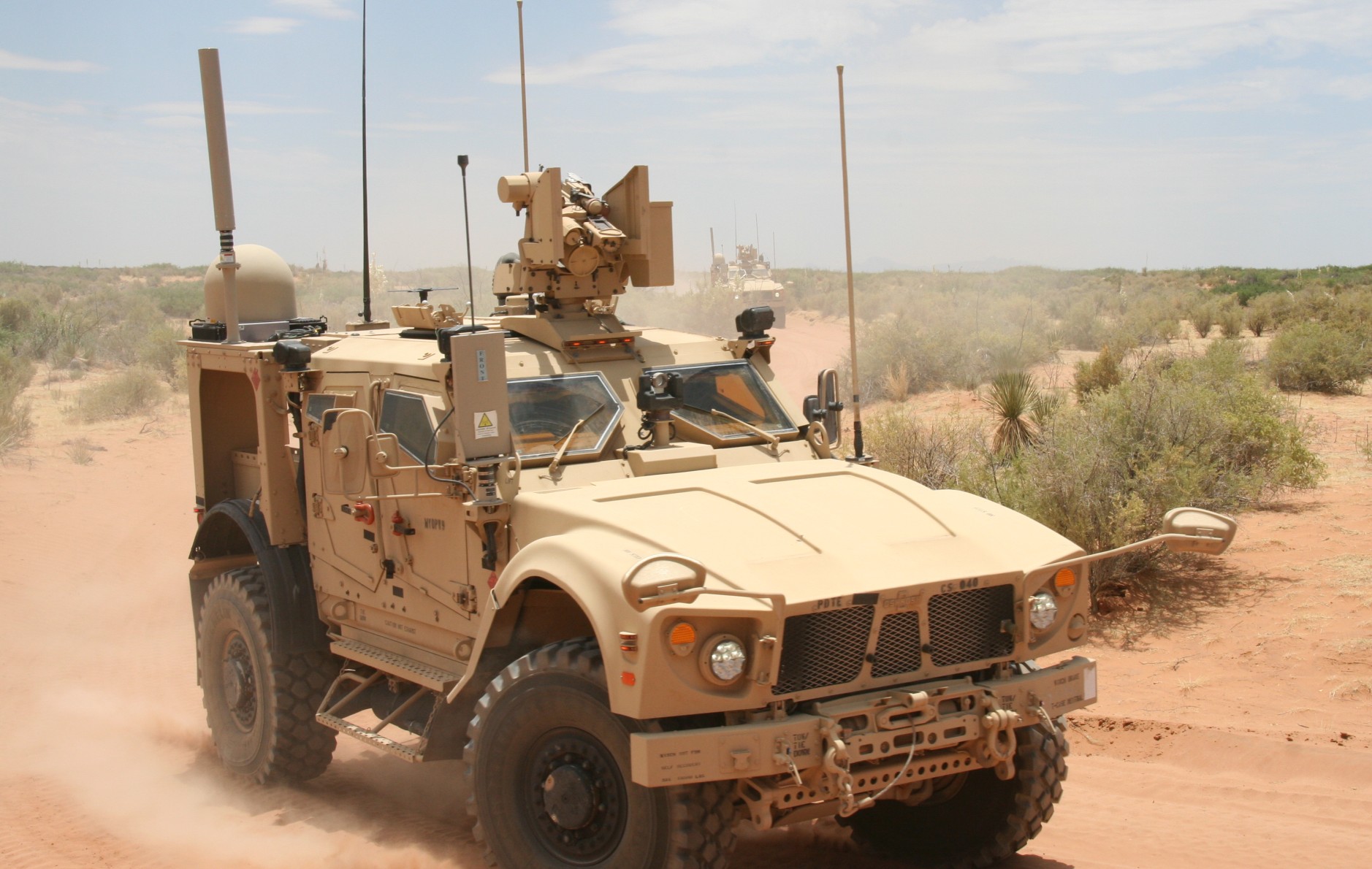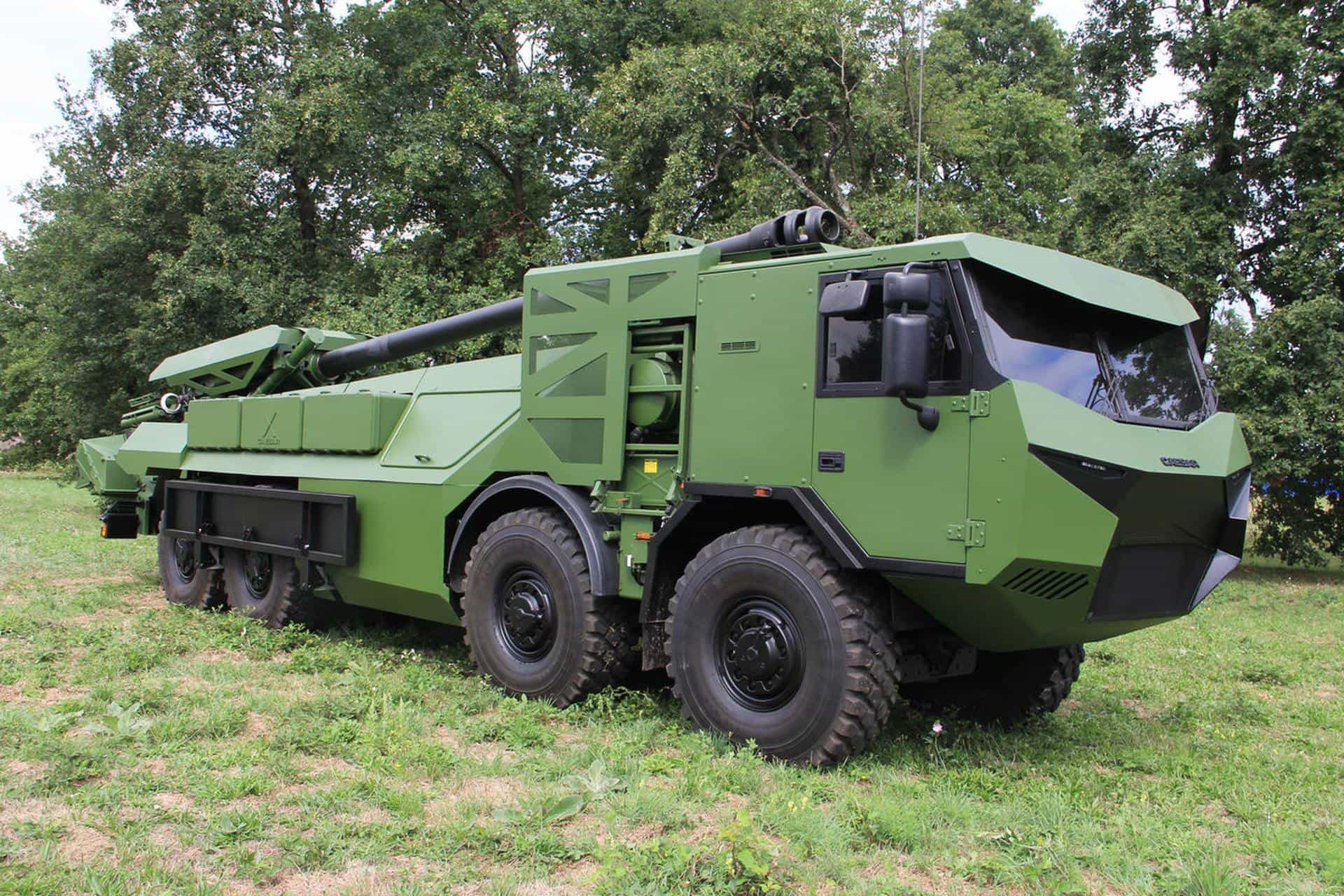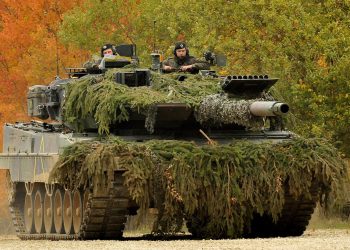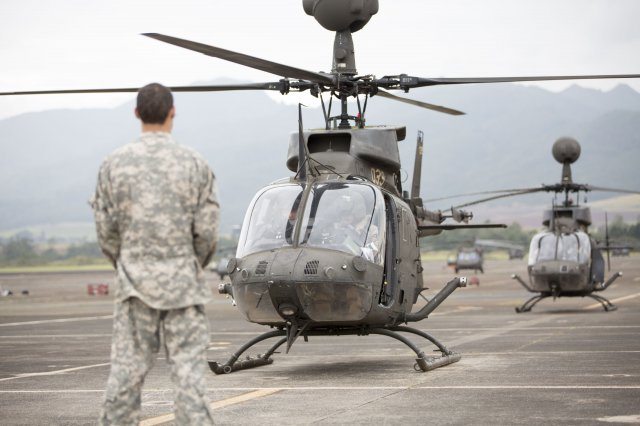The Army’s science and technology and acquisition communities have teamed with the Army G-3/5/7, G2 and Cyber Command to provide senior leaders a closer look into converging operational and intelligence traffic onto the Warfighter Information Network-Tactical, or WIN-T, transport.
Network Transport Convergence describes the merging of command and control, intelligence, logistics and medical systems onto a common network architecture.
The Army can realize significant cost savings in money, resources and satellite bandwidth by converging Intelligence and C2 onto a common platform, said Lt. Col Thomas J. Addyman, chief for the Cyber Center of Excellence’s Live Experimentation Branch, at Fort Gordon, Ga.
“We don’t have unlimited bandwidth or unlimited resources, so this would provide one less system that the Soldier has to focus on in the field,” Addyman said. “If we do it right, it will be transparent to them. Hopefully, we’ll gain some efficiency.”
A three-phased implementation approach for transport convergence was approved by the vice chief of staff of the Army in 2012. Phase I will be the transition of prophet and traffic onto WIN-T Increments 1b and 2.
This convergence is slated to displace the current 207 TROJAN Special Purpose Integrated Remote Intelligence Terminal Lightweight Intelligence Telecommunications Equipment, or TROJAN SPIRIT LITE, fielded within tactical formations.
“There are always risks with the network because we don’t have an infinite amount of capacity.” Addyman said. “So we need to examine the risks associated with convergence, how they will impact performance during mission operations and what can be done to reduce these risks. The Army is shifting, so we need to be that honest broker to the intelligence community.”
Preliminary field-based risk reduction for Phase I was executed by the Research, Development and Engineering Command’s communications-electronics center, or CERDEC, at its field laboratories at Joint Base McGuire-Dix-Lakehurst, N.J.
CERDEC’s Command, Control, Communications, Computers, Intelligence, Surveillance and Reconnaissance, or C4ISR, Ground Activity executes field-based risk reduction in support of the Army’s tactical networks.
Field-based risk reduction is the assessment and validation of a C4ISR system’s technical performance and readiness within a system-of-systems network, said Jason Sypniewski, chief for the CERDEC C4ISR Ground Activity Integrated Event Design & Analysis Branch.
“Field-based risk reduction helps the DoD Acquisition community in streamlining its science and technology, or S&T, efforts by providing senior leaders and program representatives with reliable, quantifiable data and actionable knowledge so they can make critical decisions regarding the readiness of a capability,” Sypniewski said.
Engineers from CERDEC’s C4ISR Ground Activity developed and executed test plans that used operational workflows and real-world intelligence traffic to assess how network congestion impacts the execution of Distributed Common Ground System-Army, or DCGS-A, workflows on WIN-T Increment 1B and Increment 2.
“For this activity, we looked at the technical performance of the converged network — such as bandwidth, latency, throughput, etc. — and how these impacted the Soldier,” Sypniewski said.
“We worked with each of the stakeholders that owned a piece of the network or a piece of the systems that will be impacted by the convergence onto the WIN-T network,” Sypniewski said. “We also worked with the engineering representatives from each of these programs of record to make sure we had an appropriate representation of the architecture so we could perform the necessary systems and network engineering.”
These included the Cyber Center of Excellence, which led the assessment; the Army Intelligence Center of Excellence; Program Executive Office Intelligence, Electronic Warfare & Sensors; Program Executive Office Command, Control and Communications-Tactical; Project Manager WIN-T, Project Manager DCGS-A; Product Manager Prophet; Army Test and Evaluation Command Electronic Proving Ground; CERDEC’s Intelligence and Information Warfare Directorate, and CERDEC’s Space and Terrestrial Communications Directorate.
“There were a lot of moving parts to this, so it’s definitely been a team effort. If any of these stakeholders had fallen through the cracks, we would not have been able to pull this off,” Addyman said.
Additional testing involved intelligence traffic being measured from a Quality of Service, or QoS, perspective. The results will feed into future tests to determine whether or not advanced QoS policies need to be developed to support the convergence of this traffic.
“Going into this assessment, there was no definitive data to say how much data DCGS-A will use. We have different pictures that give us aggregates of data, but we didn’t know things like how much bandwidth is needed for an application or task in DCGS-A,” said Adam McCauley, chief for the CERDEC C4ISR Ground Activity Systems Engineering and Integration Branch.
“We looked at how specific types of traffic matched up to the QoS policy. This enables us to inform WIN-T of the bandwidth allocation needed for various actions; that, in turn, allows them to tweak QoS policies in preparation for transport convergence. It’s really trying to find fairness of bandwidth,” McCauley said.
Engineers also compared the technical performance of two modems under consideration for Prophet, a PEO IEW&S Signals Intelligence system that supports intelligence-surveillance-reconnaissance missions in the areas of persistent area analysis, situational development and mission overwatch.
“We looked at customer-specific bandwidth requirements and verified what about each modem could meet those customer requirements. This really wasn’t to inform any acquisition decisions; it was to help them tailor their next test,” said Joseph Chen, a systems engineer for the CERDEC C4ISR Ground Activity.
Data collection for the Transport Convergence field-based risk reduction was performed by the U.S. Army Test and Evaluation Command, leveraging tools and methodologies implemented in other Army test exercises, including the Network Integration Evaluation, or NIE. CERDEC, CyberCOE and the ICOE collaboratively reduced and analyzed the data.
A comprehensive final report was released to the stakeholder community in December. The results and findings will shape follow-on Transport Convergence assessment activities.
The work performed during the Phase I field-based risk reduction will be complimentary to the NIE 15.2 Transport Convergence assessment, Addyman said.
“I think this was a good event; it was an experiment complimentary to NIE that didn’t have the rigors of a test, so we got the opportunity to take a knee, do some analysis and make adjustments. CERDEC has a wonderful range of capabilities here and a whole host of engineers who have done a lot of the engineering heavy lifting, if you will,” Addyman said.
CERDEC’s C4ISR Ground Activity, which serves as a designated alternate venue for the NIE, falls under CERDEC’s Space and Terrestrial Communications Directorate.
It provides the S&T and acquisition communities with a relevant venue to assess next-generation technologies, facilitate technology maturation, validate technical progress and accelerate/transition technologies into the current force.
The theme for its 2014 integrated capabilities event, or Event 14, centered on “convergence,” including near-term initiatives for moving toward a common transport architecture; common standards for secure, interoperable applications across computing environments; and emerging S&T technologies designed to automate, simplify and secure network operations.
This included preliminary system-of-systems integration of technologies in support of future Transport Convergence phases II and III — medical and logistics convergence — which will be part of Event 15 this summer.
“Transport Convergence, in a way, is a never-ending story because we’re constantly bringing new systems to bear within the transport network that the Signal community provides. But we’re going to provide some good insights that the Army can use when making decisions,” Addyman said.
—–
The Communications-Electronics Research Development and Engineering Center is part of the U.S. Army Research, Development and Engineering Command, which has the mission to develop technology and engineering solutions for America’s Soldiers.
RDECOM is a major subordinate command of the U.S. Army Materiel Command. AMC is the Army’s premier provider of materiel readiness — technology, acquisition support, materiel development, logistics power projection and sustainment — to the total force, across the spectrum of joint military operations. If a Soldier shoots it, drives it, flies it, wears it, eats it or communicates with it, AMC provides it.











